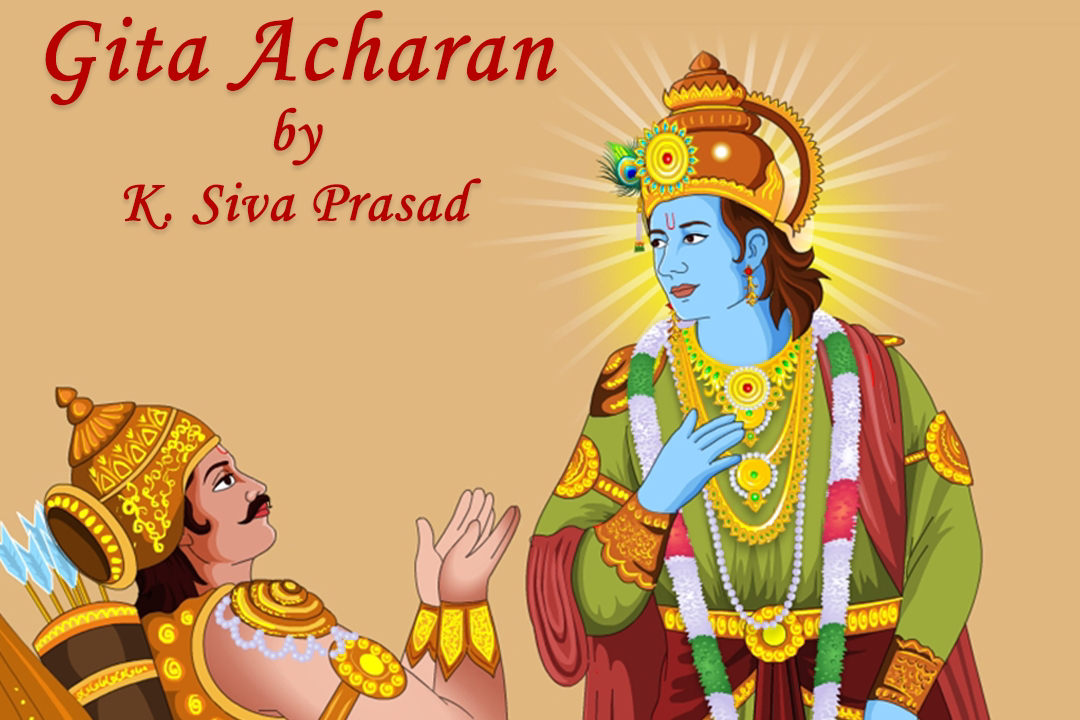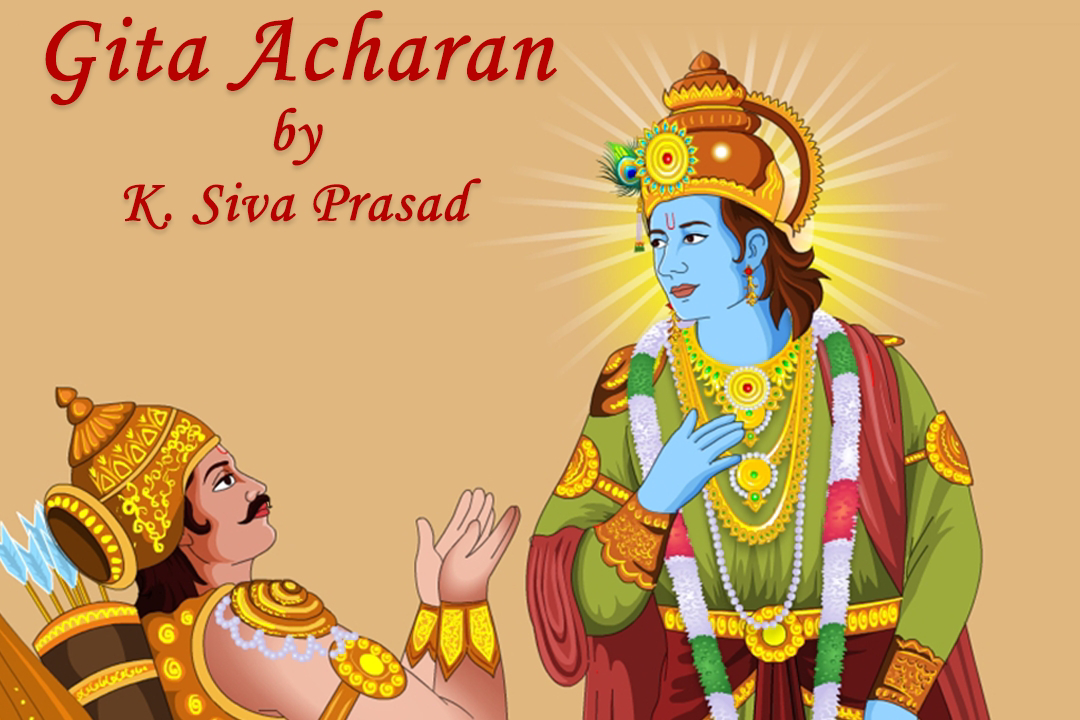210. Keys to HIS Abode

Krishna says, "Those freed from pride and delusion, evils of attachment conquered, ever established in the Self, desires having completely gone, well-liberated from pairs of opposites of pain and pleasure, such un-deluded reach My eternal Abode" (15.5). Essentially, these are the qualities of HIS Abode and once we attain even one of them, we are in HIS abode. Another indication is that HIS abode is not somewhere out there but is here and now waiting to be discovered. Krishna gave qualities or benchmarks to help us in the journey to HIS abode. These include being friendly and compassionate; being nir-mama (sans-I) and nir-ahankaar (sans -I am doer); not hating any being; balanced in pleasure and pain (sama-sukh-dukh) and forgiving (kshami) ; being ever-content and free of agitation; being free from jealousy, fear and anxiety; being free from expectations and selfishness in all undertakings (12.13 to 12.16). Being humble, forgiving; being dispassionate (vairagya

